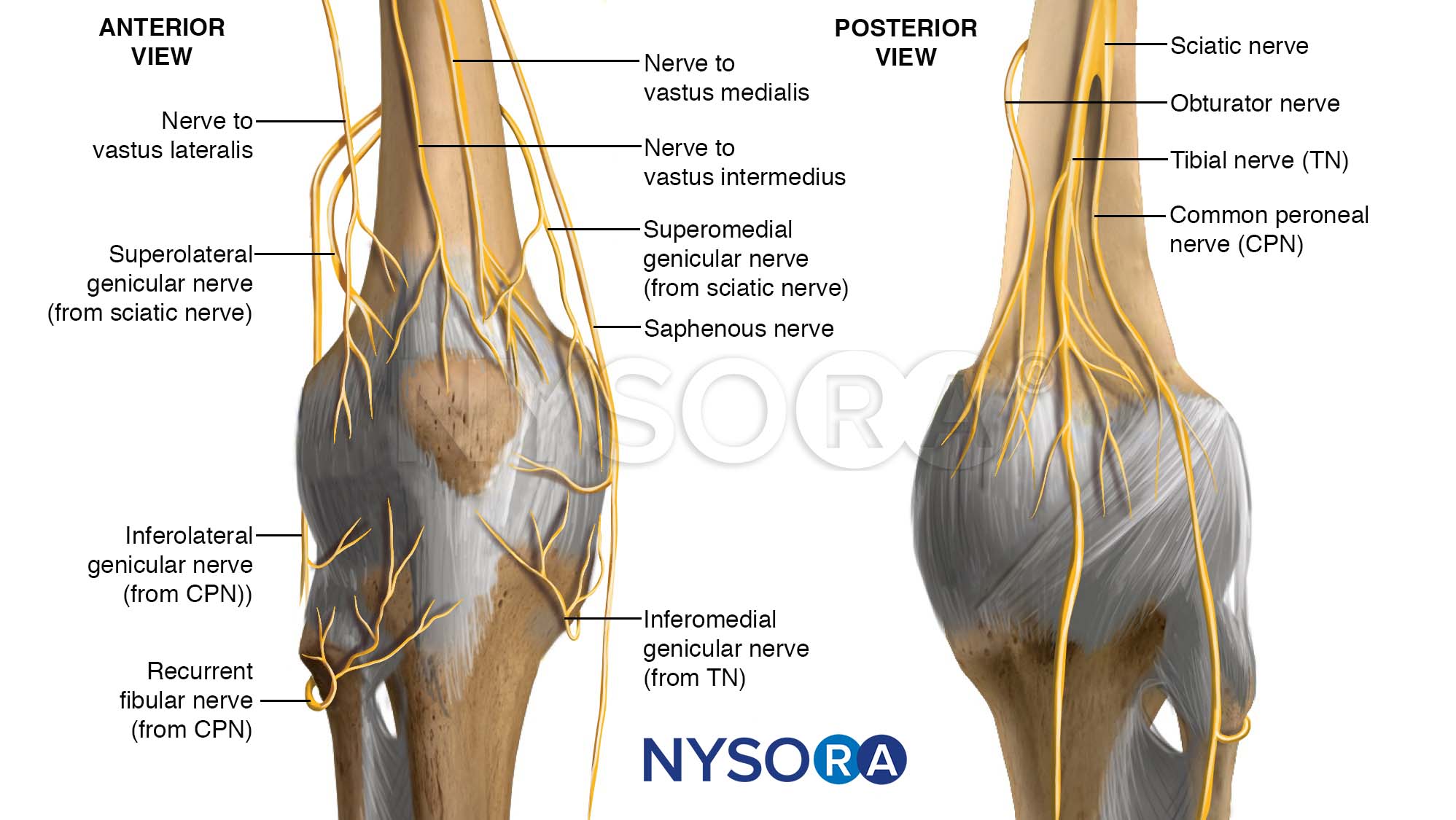


There were no significant inter-group differences in sufentanil consumption at other time points, pain at rest and during passive knee flexion, quadriceps motor strength, and other recovery related paramaters.Ĭonclusions: Continuous ACB at the proximal end of the AC has a better opioid-sparing effect without a significant influence on quadriceps motor strength compared to that at the middle of the AC after TKA.These findings indicates that a true ACB may not produce the effective analgesia, instead, the proximal end AC might be a more suitable block to alleviate pain after TKA. The 24-h sufentanil consumption was 0.22 µg/kg (interquartile range : 0.15–0.40 µg/kg) and 0.39 µg/kg (IQR: 0.23–0.52 µg/kg) in the proximal end and middle groups (P = 0.026), respectively. Results: Sixty patients eventually completed the study (30/group). The secondary outcomes included postoperative sufentanil consumption at other time points, pain at rest and during passive knee flexion, quadriceps motor strength, and other recovery related paramaters. P-values <0.05 (two-sided) were considered statistically significant. The primary outcome measure was cumulative sufentanil consumption within 24 h after the surgery, which was analyzed using Mann-Whitney U tests. All patients received patient-controlled intravenous analgesia with sufentanil postoperatively.

Methods: Sixty-two adult patients who were scheduled for a unilateral TKA were randomized to receive continuous ACB at the proximal end or middle of the AC. Therefore, we hypothesized that continuous ACB at the proximal end of the exact AC could provide a better analgesic effect after TKA compared with that at the middle of the AC (which appeared to only block the saphenous nerve). Latest neuroanatomy studies show that the nerve to vastus medialis plays an important role in innervating the anteromedial aspect of the knee and dives outside of the exact AC at the proximal end of the AC. Further clinical study is required to confirm our cadaveric findings.īackground: The optimal position for continuous adductor canal block (ACB) for analgesia after total knee anthroplasty (TKA) remians controversial, mainly due to high variability in the localization of the the adductor canal (AC). The proximal injection technique promoted greater anteromedial dye spread, while the distal injection had more anterolateral spread. Other articular branches were stained with variable frequency.īoth proximal and distal iPACK injection techniques provided a similar area of dye spread in the popliteal region and extensive staining of the articular branches supplying the posterior capsule. The proximal injection resulted in staining of superior medial genicular nerve, due to dye spread through the adductor hiatus, whereas superior lateral genicular nerve and anterior branch of common fibular nerve were consistently stained following distal injection. Of the four articular branches supplying the posterior knee joint capsule, the genicular branch of posterior division of obturator nerve was stained in all specimens. Following injection, dissection, digitization, and 3D modeling were performed to map the area of dye spread and determine the frequency of nerve staining.īoth injection techniques achieved a similar mean area of injectate spread. This cadaveric study aimed to compare the area of dye spread and frequency of articular branches staining following a proximal versus distal injection technique.Īn ultrasound-guided iPACK injection (10 mL of methylene blue dye solution) was performed in 14 lightly embalmed specimens: 7 injected using a proximal injection technique (1 fingerbreadth above base of patella) and 7 using a distal injection technique (at the superior border of the femoral condyles). The extent of injectate spread and the number of articular branches affected is currently unknown. Ultrasound-guided infiltration of the interspace between the popliteal artery and capsule of the knee (iPACK) block, a new regional analgesic technique, is believed to relieve posterior knee pain, after total knee arthroplasty, by targeting the articular branches innervating posterior aspect of the joint.


 0 kommentar(er)
0 kommentar(er)
